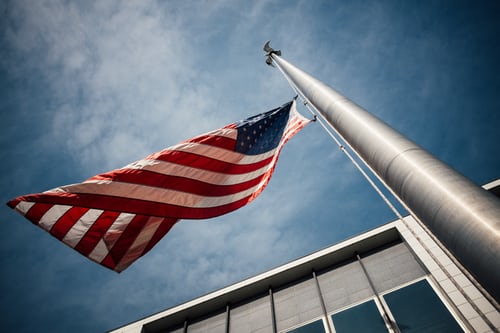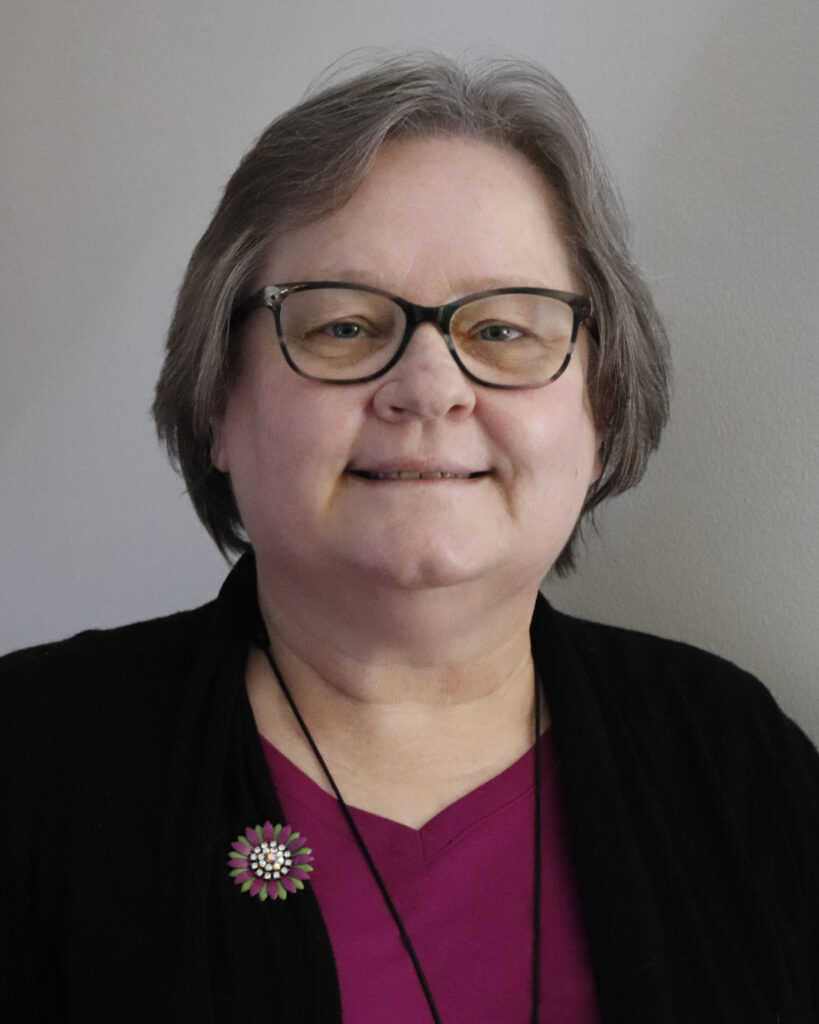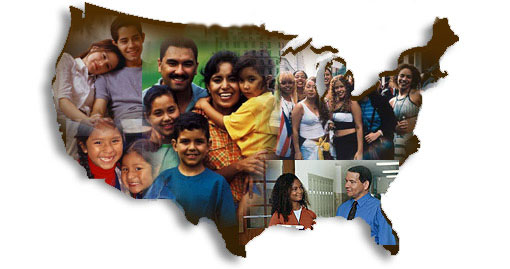
By Frank Canizares
There has been a debate about the relationship between Christianity and society throughout most of civilization. It has been carried out publicly as well as privately in our own minds: A quarrel between the church’s responsibility for social order and the desire to cut off Christ’s followers from social issues.
As human beings, we are a complex species. We are defined by different cultures, backgrounds, beliefs and feelings and can’t escape our environment.
The inevitable confrontation that we have with the social issues that envelop our surroundings on a day-to-day basis influences our behaviors, compelling us to believe we must act, take a stance or pick a side.
According to Elder Allan Machado, director of the Florida Conference of Seventh-day Adventists and a professor of research at Andrews University, we end up complicating things with modern and post-modern thought by looking at the world and Christianity through our own lenses, relying on our points of views and not those of unity in Christ through love.
“We allow social issues to influence us and not a Christ-centered attitude to influence us about surrounding social issues,” Machado said.
The impact such differences have on the generational divide is much deeper than we think. They develop and divide the Gospel into erroneous theologies that we end up practicing — be it on the pulpit with our testimonies and/or our lifestyles. How can we reconcile our surroundings with an identity in Christ? How do we interpret—with a Christ-centered vision— contemporary movements such as: Liberation Theology to advocate for the weak; Feminist Theology in favor of gender equality; Black Theology and its quest for racial injustice; Ecological Theology in the fight against global warming and the Social-American Gospel defined as the American dream?
According to Carmella Monk Crawford, editor of Message magazine and the podcast What’s the Message, as Christians we should be very involved in social issues. She believes in mobilizing to show people that we can work together and are willing to come alongside the community.
“I believe every time something happens a minister should say that from the pulpit, (such as): ‘We paused to think of the people who were gunned down so mercilessly and so senselessly this year, or this week, or yesterday,’” she said. “I think that it should be part of the conversation on a regular basis.”
Some Christian perspectives place hope in another world and appear to deprive Christians of the opportunity to take an interest in the relentless struggle with social issues around them, while society urges them to pursue human achievement. These contradictions raise the question: How much should the church get involved in social issues?
H. Richard Niebuhr in his book, Christ and Culture, writes, “Christ did not undertake to reform the religious and national culture, eliminating what was archaic in ceremonial and civil law. He might’ve been a boon to his society; but, instead of reforming culture, He ignored it. … Jesus ignored everything concerned with material civilization. In this sense, He does not belong to civilization.”







